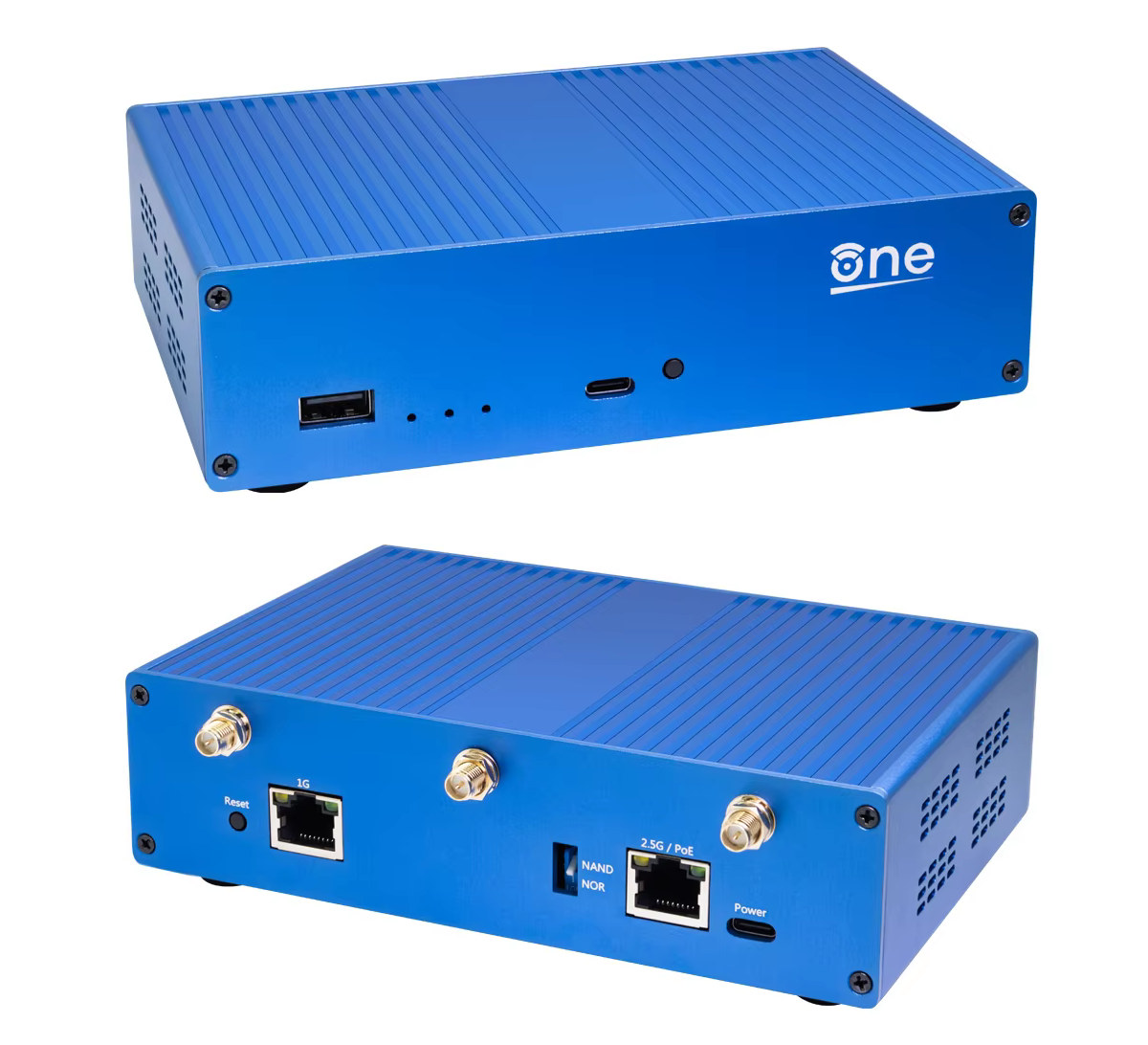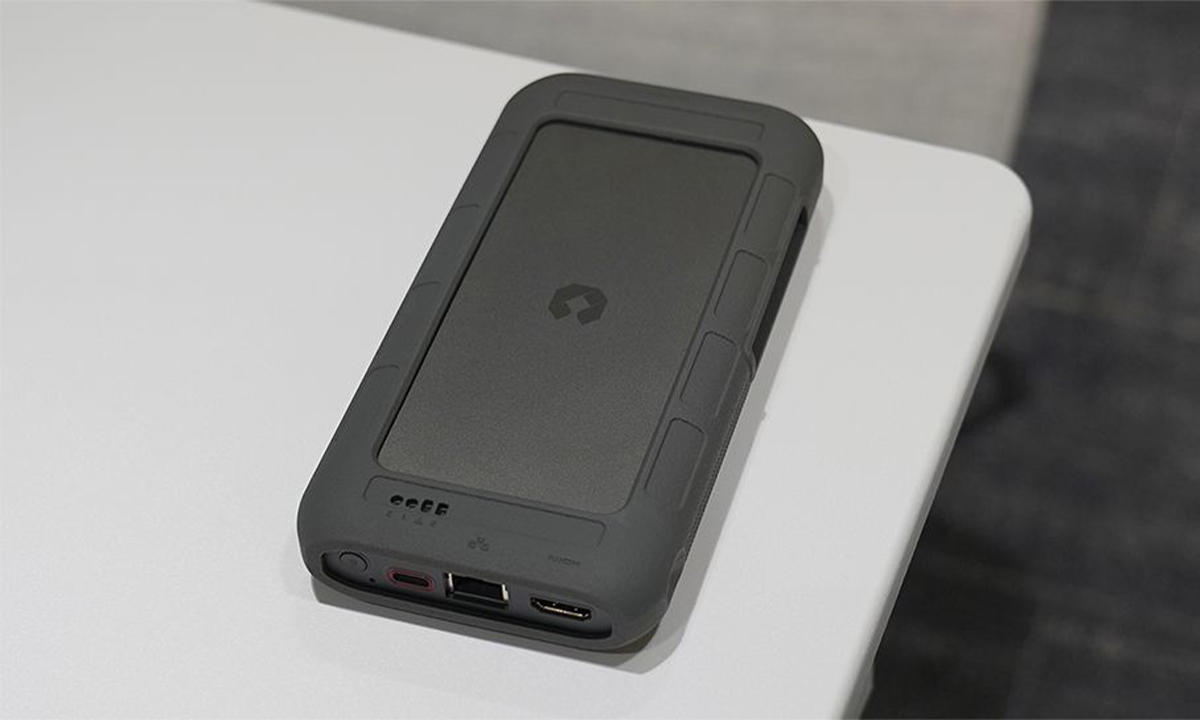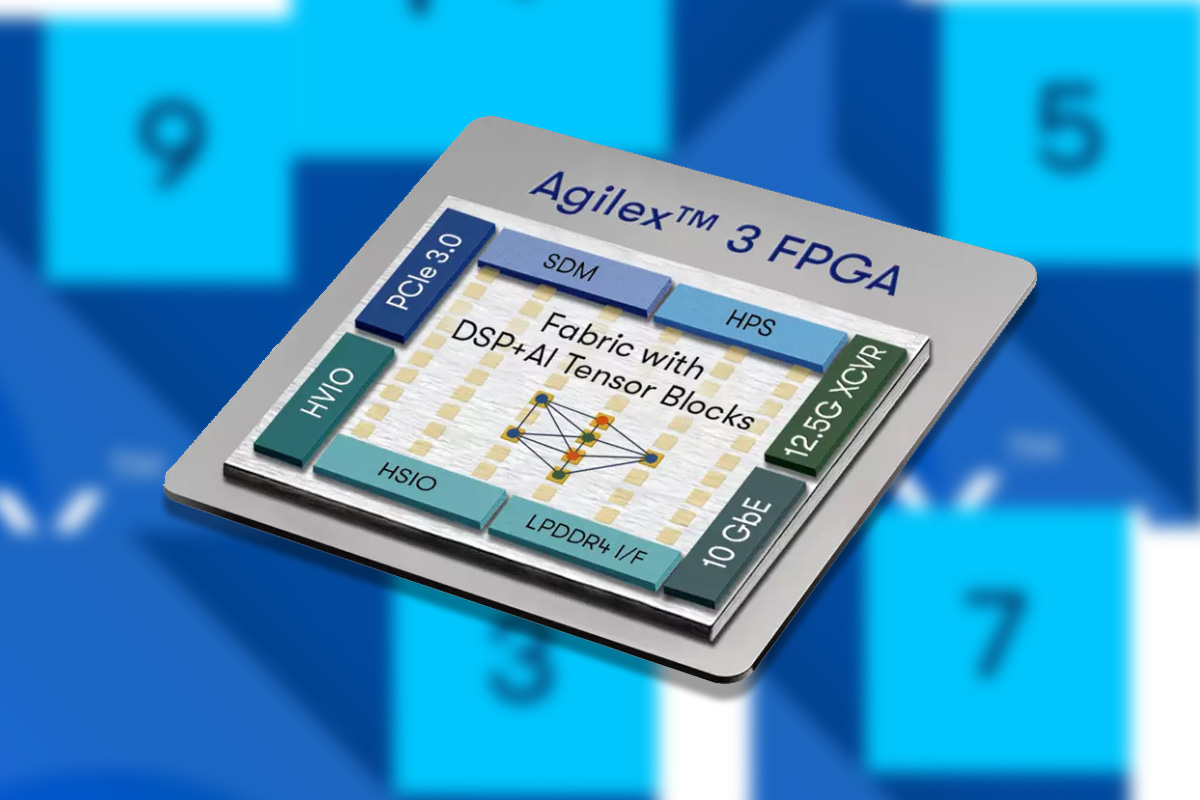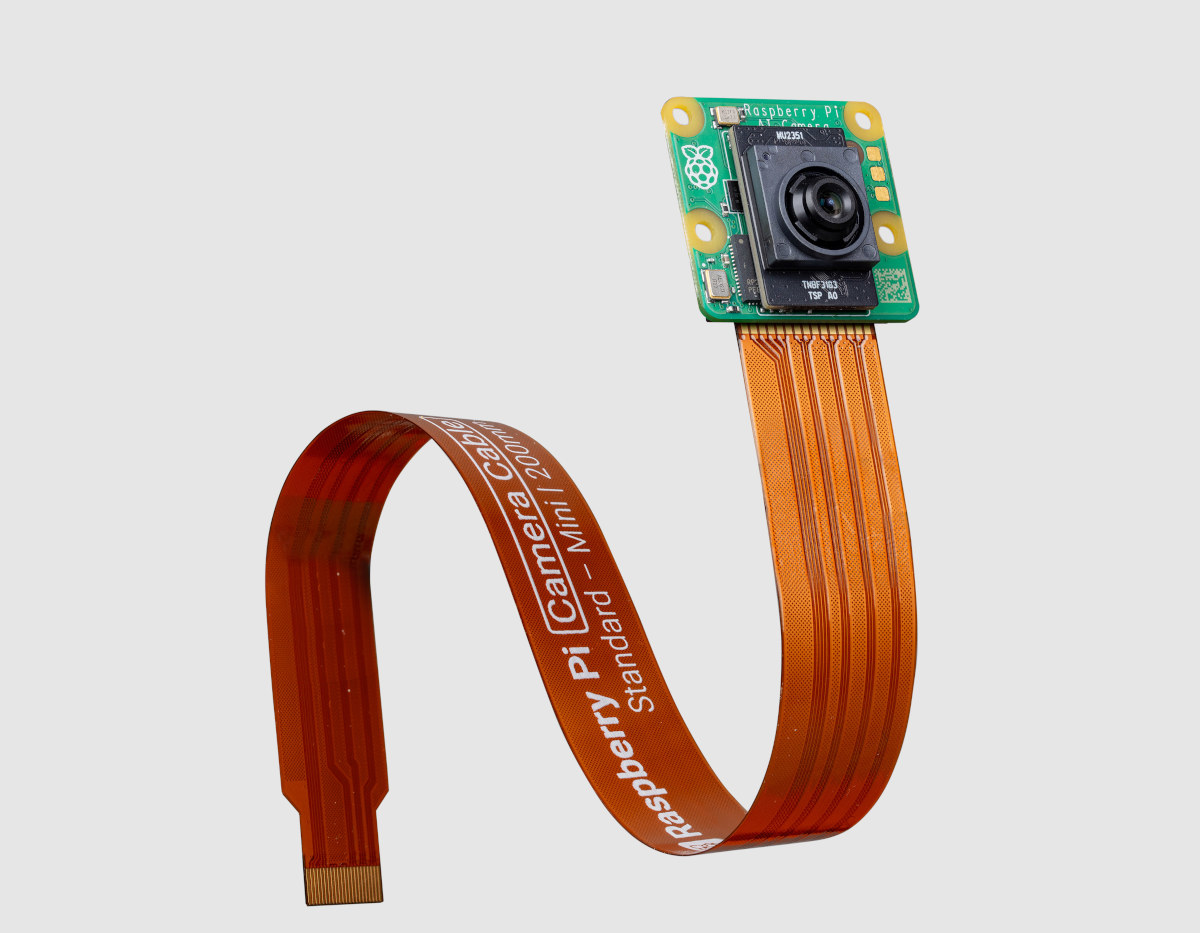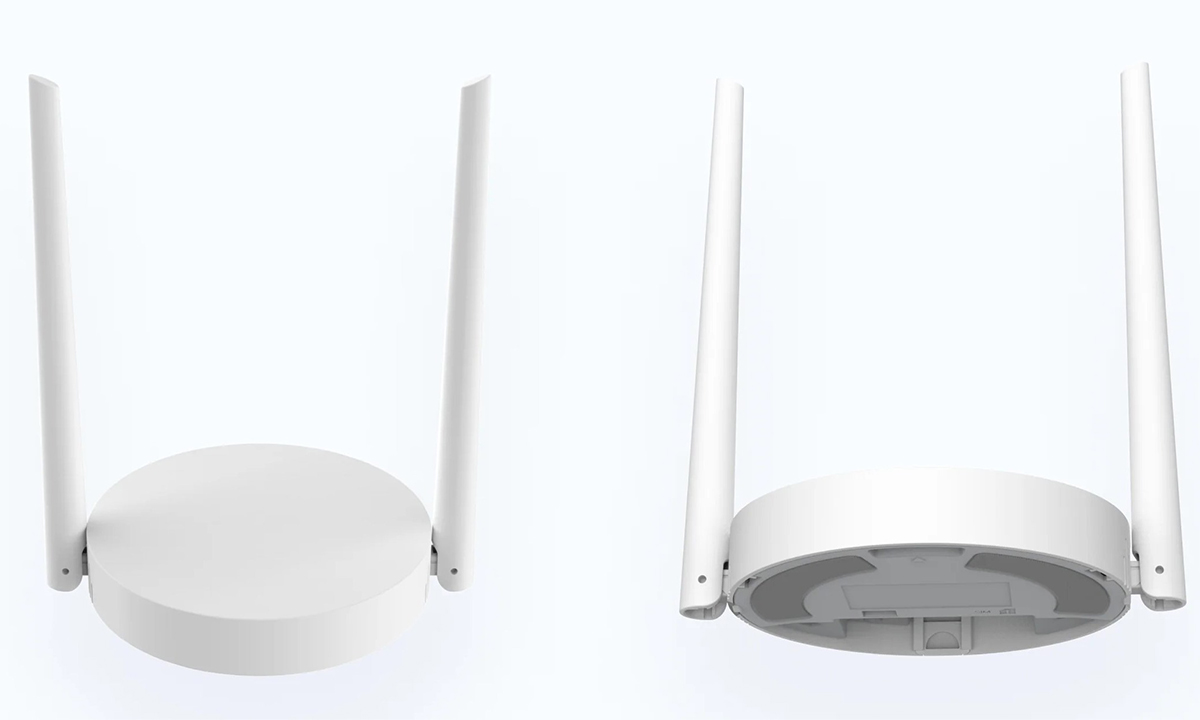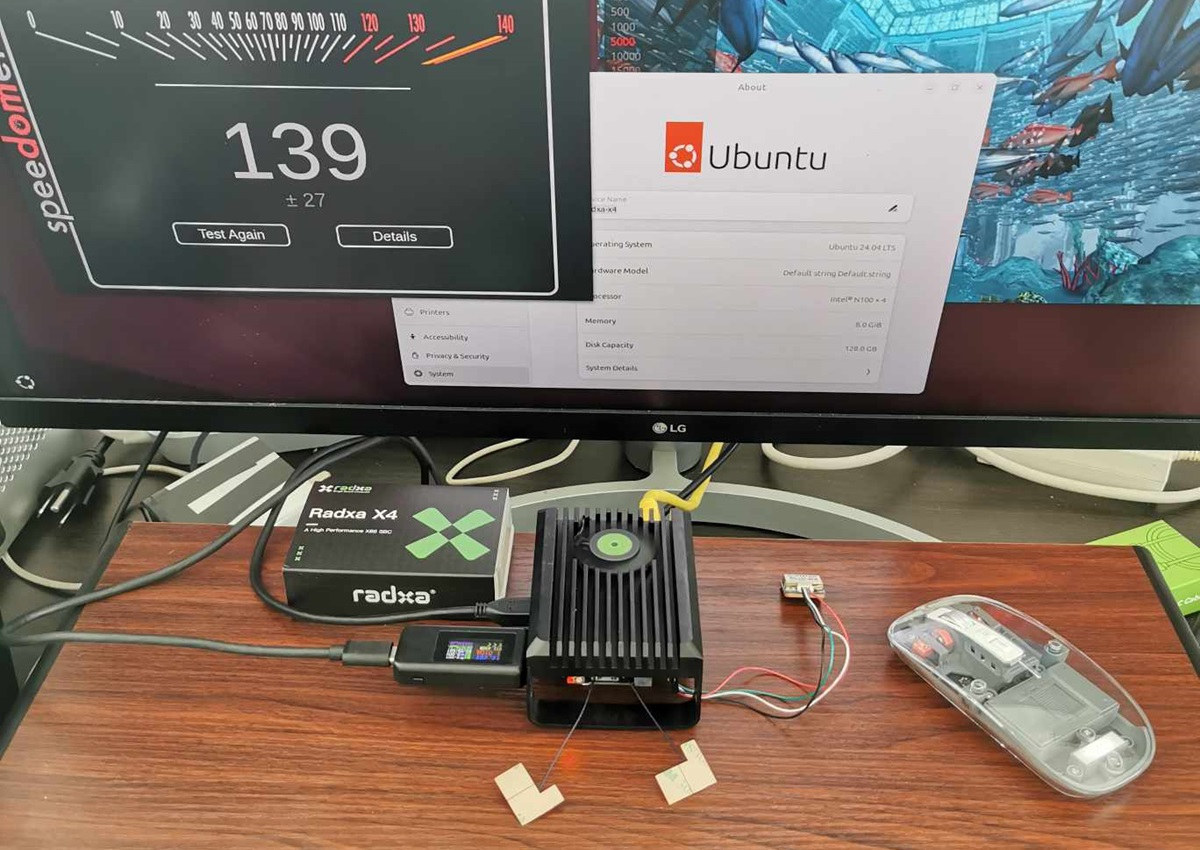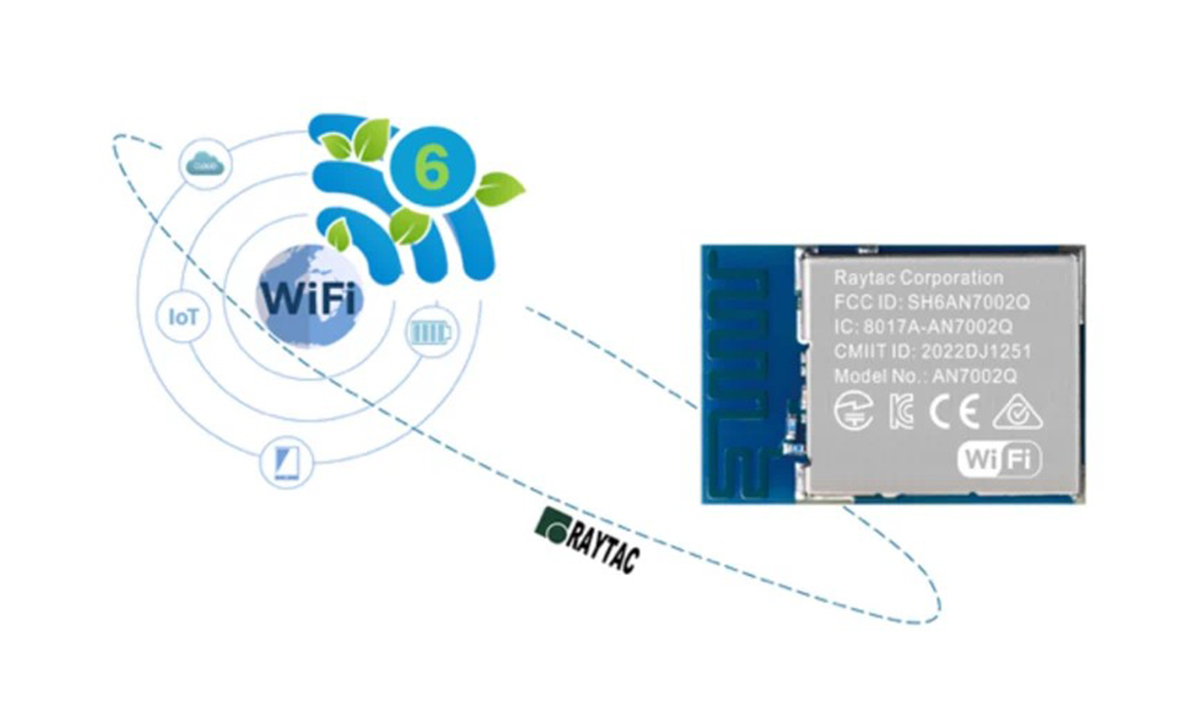The “OpenWrt One/AP-24.XY” is a Filogic 820-based WiFi 6 router board manufactured by Banana Pi whose software is directly managed by OpenWrt developers with assistance from MediaTek. The router was first announced in January 2024, and developer samples became available sometime in April with some early units auctioned away at the OpenWrt Summit which took place in Cyprus on May 18-19. The good news is that the OpenWrt One is now available to anyone on Aliexpress for $89 including a metal enclosure, a PoE module, three antennas, and a power supply. Here’s a reminder of the OpenWrt One router specifications: SoC – MediaTek MT7981B (Filogic 820) dual-core Cortex-A53 processor @ 1.3 GHz System Memory – 1GB DDR4 Storage 128 MB SPI NAND flash for U-boot and Linux 4 MB SPI NOR flash for write-protected (by default) recovery bootloader (reflashing can be enabled with a jumper) Two types of flash devices […]
UnifyDrive UT2 – A compact NAS powered by Rockchip RK3588C with NVMe SSD support and AI-driven storage management (Crowdfunding)
The UnifyDrive UT2 is a compact network-attached storage (NAS) device powered by the Rockchip RK3588C processor. It supports WiFi 6, and Bluetooth, and has multiple ports for connectivity. Equipped with two M.2 2280 slots for PCIe 3.0 NVMe SSDs, it offers up to 16 TB of storage. The device can connect to networks via 2.5 GbE or WiFi and also function as a WiFi access point, allowing file transfers even without an internet connection. A built-in battery provides uninterruptible power supply (UPS) functionality, enabling continued operation when unplugged. Designed for both home and mobile use, the UnifyDrive UT2 offers AI-driven storage management in a portable form factor. Its versatile networking options allow remote access, backups, and on-the-go file transfers. Despite its size, it delivers robust functionality, serving as a full-featured NAS solution in a variety of settings. I didn’t find any significant differences between the Rockchip RK3588 and RK3588C. This […]
Altera’s 7nm Agilex 3 SoC FPGA features Cortex-A55 cores, AI Tensor Block, DSP, 10 GbE, and more.
Altera, an independent subsidiary of Intel, has launched the Altera Agilex 3 SoC FPGA lineup built on Intel’s 7nm technology. According to Altera, these FPGAs prioritize cost and power efficiency while maintaining essential performance. Key features include an integrated dual-core Arm Cortex A55 processor, AI capabilities within the FPGA fabric (tensor blocks and AI-optimized DSP sections), enhanced security, 25K–135K logic elements, 12.5 Gbps transceivers, LPDDR4 support, and a 38% lower power consumption versus competing FPGAs. Built on the Hyperflex architecture, it offers nearly double the performance compared to previous-generation Cyclone V FPGAs. These features make this device useful for manufacturing, surveillance, medical, test and measurement, and edge computing applications. Altera’s Agilex 3 AI SoC FPGA specifications Device Variants B-Series – No definite information is available C-Series – A3C025, A3C050, A3C065, A3C100, A3C135 SoC FPGAs Hard Processing System (HPS) – Dual-core 64-bit Arm Cortex-A55 up to 800 MHz that supports secure […]
Raspberry Pi AI Camera with Sony IMX500 AI sensor and RP2040 MCU launched for $70
We previously noted that Raspberry Pi showcased a Raspberry Pi Zero 2W with a Raspberry Pi AI camera based on a Sony IMX500 intelligent vision sensor at Embedded World 2024, but it was not available at the time. The good news is that the Raspberry Pi AI camera is now available for $70 from your favorite distributor. This follows the launch of the more powerful Raspberry Pi AI Kit designed for the Raspberry Pi 5 with a 13 TOPS Hailo-8L NPU connected through PCIe. The AI camera based on a Sony IMX500 AI camera sensor assisted by a Raspberry Pi RP2040 to handle neural network and firmware management is less powerful, but can still perform many of the same tasks including object detection and body segmentation, and works on any Raspberry Pi board with a MIPI CSI connector, while the AI Kit only works on the latest Pi 5 board. […]
Congatec conga-TCR8 AMD Ryzen Embedded 8000 COM Express computer-on-module series delivers up to 39 TOPS of AI performance
Congatec has released a new line of Ryzen Embedded 8000-powered COM Express Type 6 Compact computer-on-modules with the conga-TCR8 module series offering up to 39 tera operations per second (TOPS) for AI inference and 128GB of DDR5-5600 memory with error correction code (ECC) for data-sensitive and data-critical applications. The Ryzen Embedded 8000 processor series comes with either six or eight ‘Zen 4’ cores, an integrated XDNA neural processing unit (16 TOPS), and the AMD Radeon RDNA 3 graphics unit which can be used as a general-purpose graphics processing unit with up to 12 compute units (adding up to 39 TOPS for the SoC). Graphics output is supported by four displays with up to 8K resolution, and peripheral options include six PCIe Gen 4 slots, four USB 3.2 Gen 2 ports, four USB 2.0 ports, and three DisplayPort interfaces. The conga-TCR8 Type 6 modules are intended for high-volume applications that require […]
The Things Indoor Gateway Pro: A Managed LoRaWAN Solution with ESP32 and Semtech SX1302
The Things Industries first introduced the Things Indoor Gateway, an affordable multi-channel LoRaWAN gateway designed for IoT networks in 2019. While low-cost single-channel gateways like Dragino OLG01, priced as low as $83.50, were available, they often struggled with connectivity in shared environments. The Things Indoor Gateway, priced around $111, offered a reliable solution for large-scale IoT deployments. Building on this success, the company has now launched the next-generation Things Indoor Gateway Pro. This managed LoRaWAN gateway is designed for seamless IoT network installation, featuring zero-touch provisioning, full cloud management, and flexible connectivity options including LTE, Ethernet, and Wi-Fi with automated failover. With advanced device management tools such as mTLS, FOTA, and secure boot, the Things Indoor Gateway Pro is a future-ready solution tailored for evolving IoT needs. Previously, we explored a variety of LoRaWAN gateways, including the AgroSense LoRaWAN for high-precision agriculture, the WisGate Soho Pro RAK7267 for greenhouse monitoring, […]
Radxa X4 review – An Intel N100 alternative to Raspberry Pi 5 tested with Ubuntu 24.04
We already looked at the Radxa X4 kit featuring an Intel N100 SBC with a design similar to the Raspberry Pi 5 and accessories including a Radxa Power PD 30W power adapter, an NVMe SSD, and a USB-C to USB-C cable, in the first part of the review, before installing Ubuntu 24.04 on the board.
In the second part of the review, we will test Ubuntu 24.04 in more detail with some benchmarks and power consumption measurements to show how well it works (or not) compared to a Raspberry Pi 5. We will also test the 40-pin GPIO header on the Radxa X4 controlled through a Raspberry Pi RP2040 microcontroller.
Raytac AN7002Q – A smaller nRF7002 Wi-Fi 6 module for industrial IoT applications
IoT solutions company Raytac has introduced the AN7002Q Wi-Fi 6 module series, which integrates Nordic Semiconductor’s nRF7002 chipset and is designed for Industrial IoT, smart home, healthcare, consumer electronics, and automotive applications. They can be paired with Raytac’s MDBT53 Bluetooth LE modules based on the nRF5340 multiprotocol SoC, supporting Wi-Fi and Bluetooth LE solutions. The AN7002Q is a low-power Wi-Fi 6 module supporting dual-band 2.4 GHz and 5 GHz operation with a maximum PHY data rate of 86 Mbps (MCS7). It is compatible with IEEE 802.11ax, a/b/g/n/ac standards, and connects to a host SoC or MCU via SPI or QSPI interfaces. The module also supports coexistence with Bluetooth LE, Thread, and Zigbee systems, making it ideal for IoT applications. Previously, we covered the Abluetech PTR7002, a low-power wireless module based on the Nordic Semiconductor nRF7002. The PTR7002 has a slightly larger size and offers more GPIO options, while the AN7002Q […]


